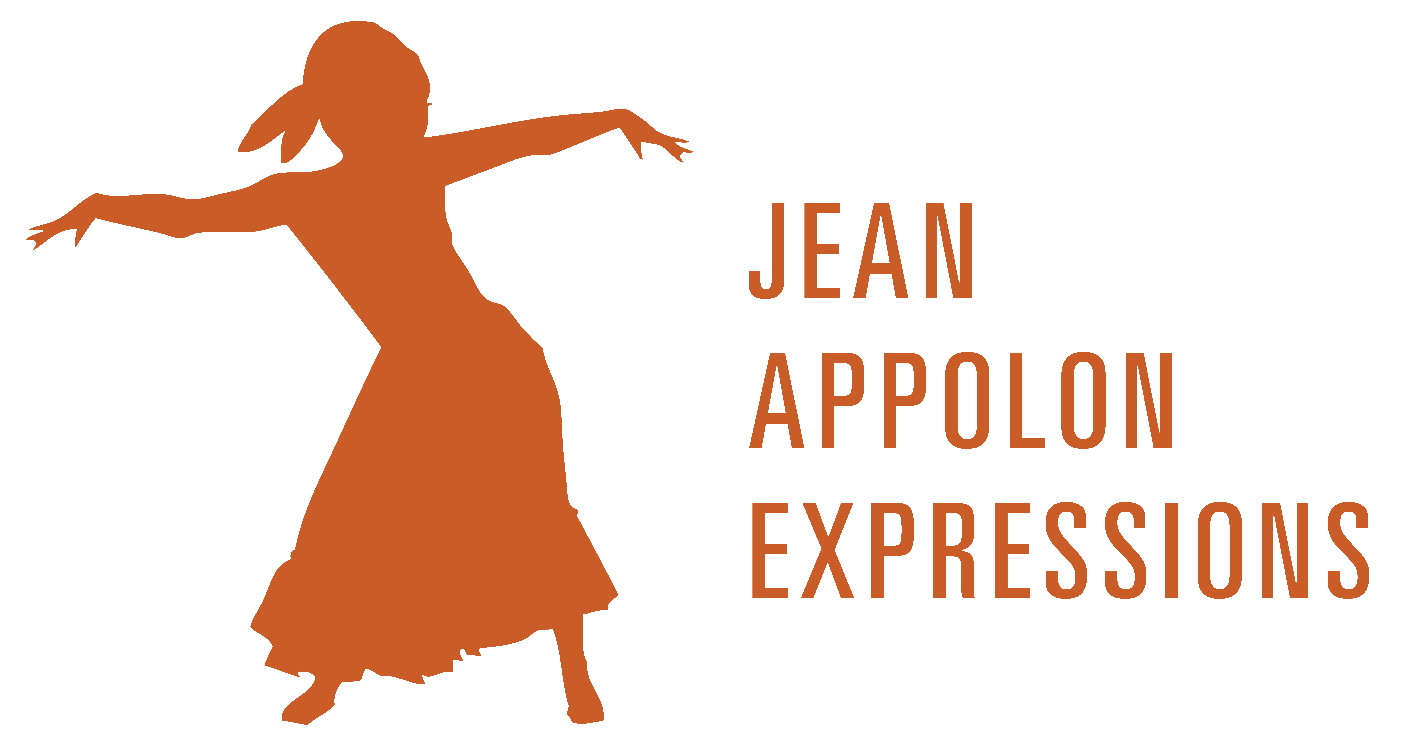Tuesdays 6:30-7:30pm at the Dance Complex Studio 7 (September 6 - November 22)
$20 for a single class
Discounted rate of $108 for 6 classes or $192 for all 12!
$8 Community class offering as well (2 available total per class)
ABOUT South African Street Dance
This class, taught by JAE Company Dancer Buyile Narwele, incorporates movements complimenting the beats in the music and allowing the dancer’s body to have an experience each time with each beat, sound, and song.
Slow moves and repetitive structure will gradually build to exciting part of class. We will take care to regulate energy, preparing for a high, up tempo, and enjoyable scene for people of all kind.
The class will consist of movements from small to big, using quick steps and knee patterns to create a move that makes sense with beats and sometimes lyrics. Waist movements are always part of it, in connection with facial expressions and showing off how much fun one is having while dancing. We have moves that have to do with the upper body and many shoulders with quick movements, including head changes and directions to compliment the move and hand gestures to complete a whole step that may or may not normally be thought of as “dance,” but can be create a recognisable, normal human action.
The class has an easy-to-follow build-up created specifically to put an individual at ease and be comfortable with moving like a child, expressing themselves, and enjoying the music.
The History of South African Street Style Dances and Music
Street style dancing in South Africa was first formally recognised in the 1950’s in the townships where settlers forcibly moved Black people from their land to informal settlements with nothing but the clothes on their backs. Through all that, people were still able to find ways to dance, make music, and talk about their adversities.
Street dance in South Africa gives us a chance to express pure joy, love, happiness and sometimes the frustrations of day-to-day life. It is intrinsically linked to the type of music you’ll find on radio, streaming platforms and just creatives sharing live performances for the love of it. It is usually a spontaneous situation where people get together for the music and dance that emerges. Through this, you’ll find new dance styles and forms, which go viral - and the world ends up dancing with us.
Over the years, the music expanded, more genres came about, new dance styles emerged, and the music became more popular. Social media played a huge role. Now, people across the world are eager to learn the moves so they can dance to our drum and bass.
Genres
Kwaito: Taking it all the way back! Some may say it is a House Beat slowed down to allow lyricists to lay down a verse; however, it is also a way of life. Dress code is a huge part of it and the flair of speech and charming charismatic scent.
Other genres have come through in the 90's to early 2000’s, like Isibhujwa. Types of music such as Gqom became huge with it, which is still a style born out of Kwaito and House Music. These are big genres of music in South Africa and are mainstream. The past 10 years have been imperative for the growth of hype and party music being in the mainstream. Fuller beats and deeper drums derived from Electronic Piano sounds and compositions have stood the test of time, and as a result, new types of dance music have taken over the world as the new school of African dance Music, formally known or popularly known as “Amapiano”. (the pianos)
All these types of genres and dance styles have a basic and unique way of being celebrated. You’ll find that during the dance or while listening to a song, there's an ululating and encouraging vibe from peers and just a sense of joy for the other person dancing. This is an extremely important part and is married to the enjoyment of the sound, movements, and expressions.


